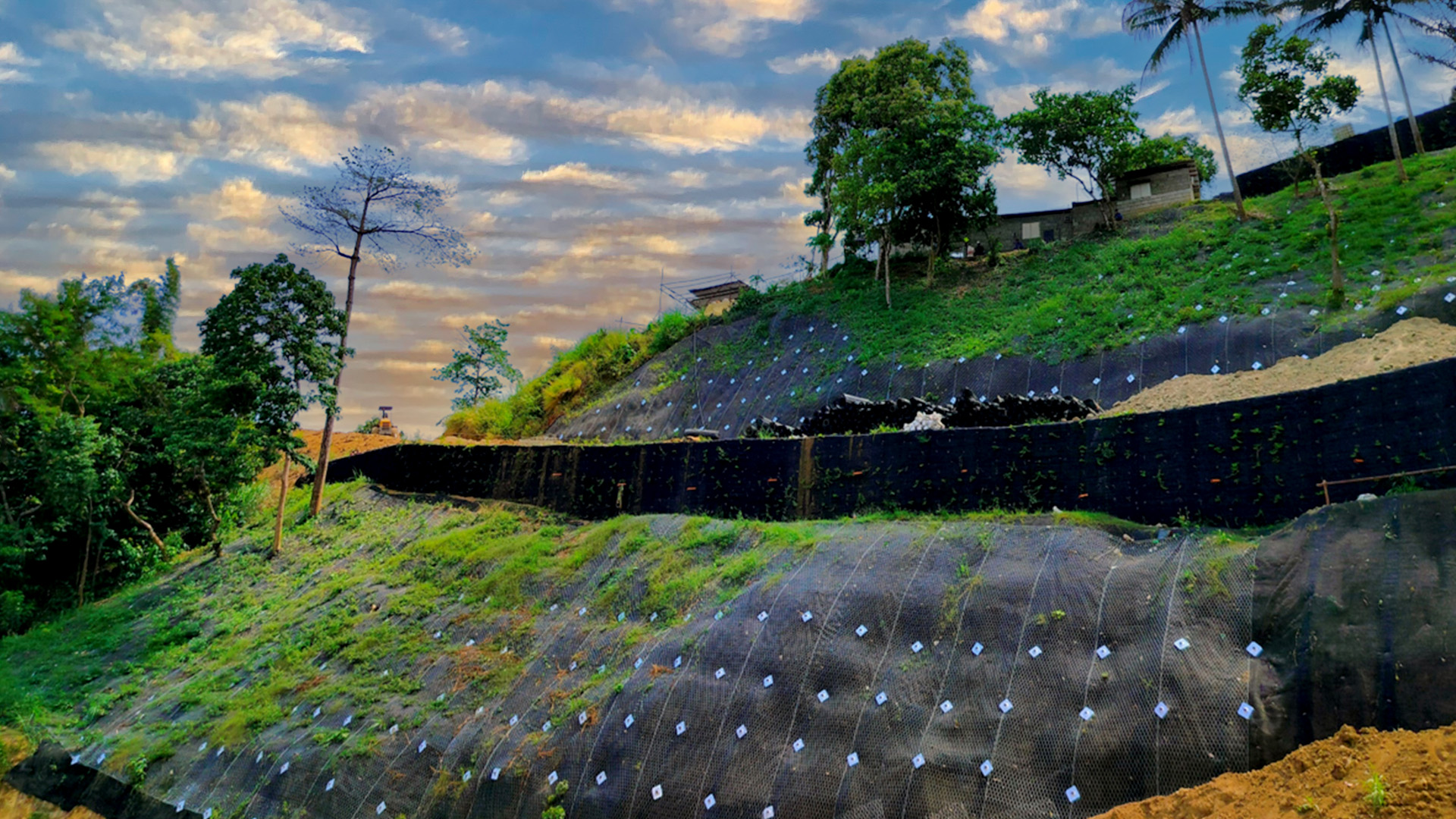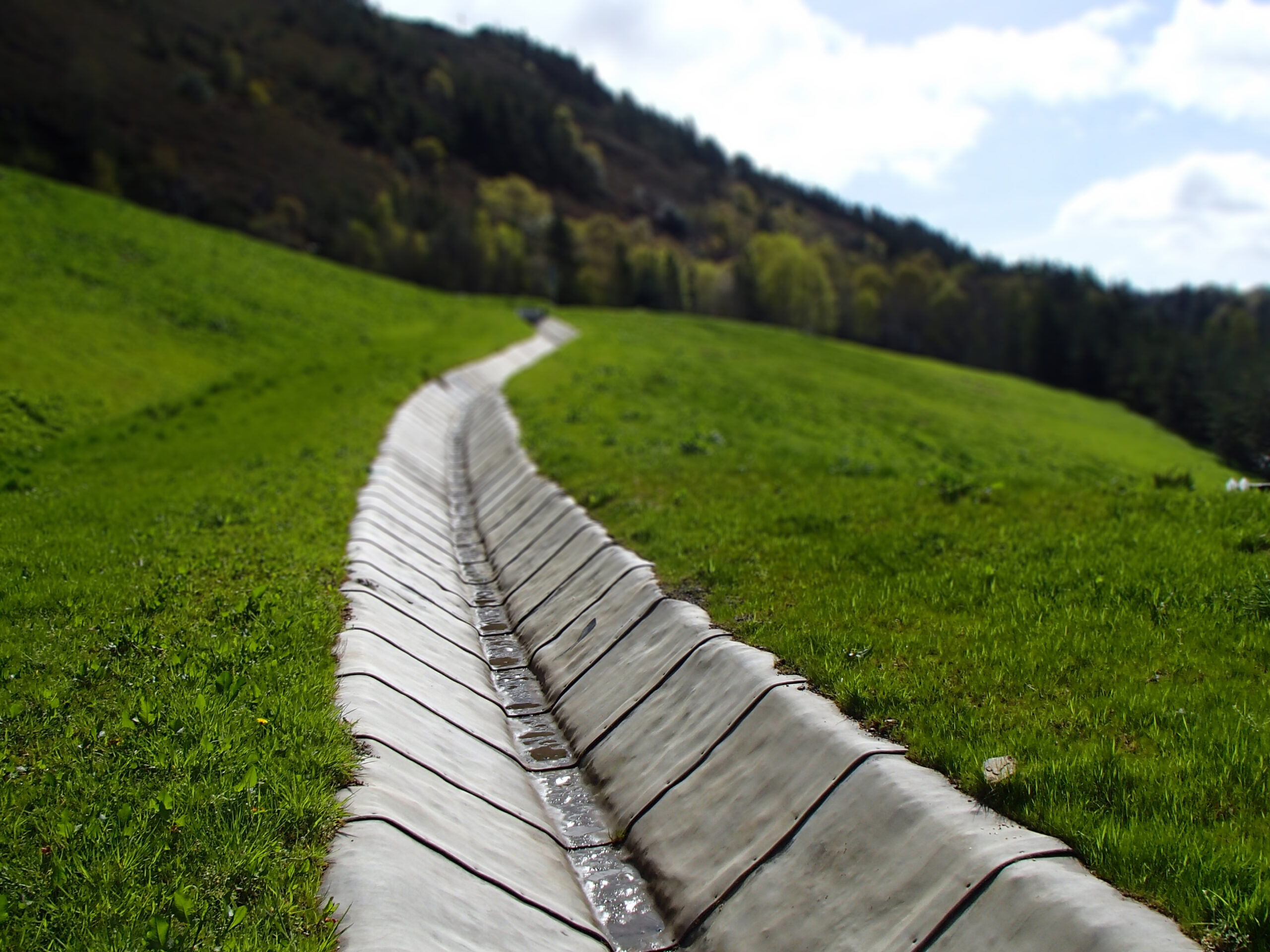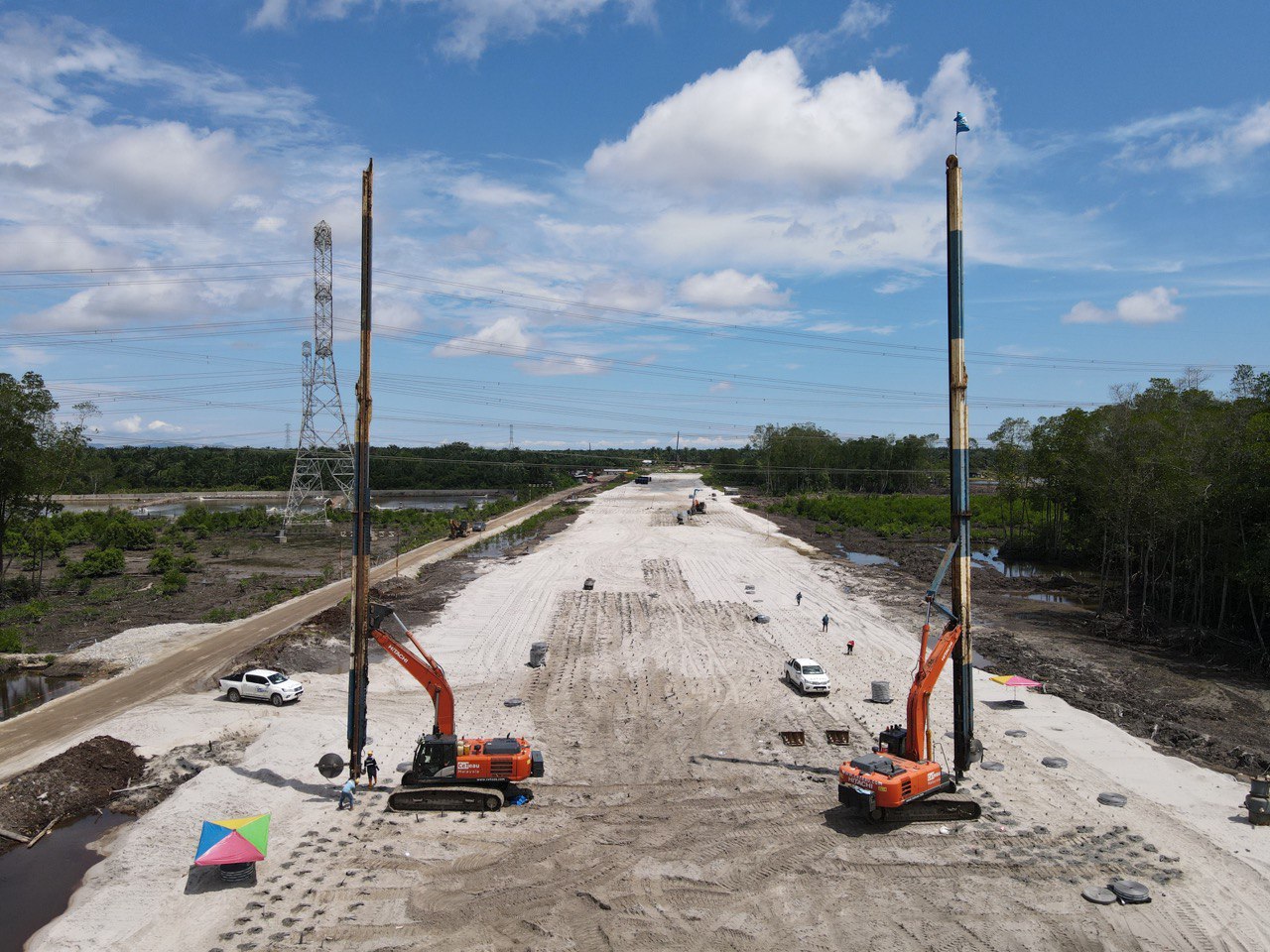Soil Nailing: Advanced Ground Stabilization Solutions with PGATECH Group
Soil nailing is an effective ground stabilization technique used in various construction and civil engineering projects. At PGATECH Group, we offer top-notch soil nailing services that ensure the safety and stability of your construction endeavors. As industry leaders, we have successfully implemented soil nailing in numerous projects across the Philippines. This article explores what soil nailing is, its history, function, advantages, applications, desirability, and the problems it addresses.

What is Soil Nailing?
Soil nailing is a ground reinforcement method that involves inserting steel bars (nails) into a slope or excavation face to stabilize and strengthen the existing soil. These steel bars are typically installed at a slight downward angle and then grouted in place. A facing material, such as shotcrete, mesh, or prefabricated panels, is often applied to the exposed surface for additional support and protection.
History of Soil Nailing
Soil nailing originated in the 1960s and has since evolved into a widely accepted and effective method for ground stabilization. Initially developed in Europe, it was used for temporary support during excavation projects. Over time, advancements in materials and techniques have allowed soil nailing to be used as a permanent solution for slope stabilization and earth retention in various types of construction projects worldwide.
What is the Function/Purpose of Soil Nailing?
The primary purpose of soil nailing is to enhance the stability and safety of slopes, excavations, and retaining walls. Key functions include:
- Slope Stabilization: Preventing landslides and soil erosion on natural and man-made slopes.
- Excavation Support: Providing temporary or permanent support for deep excavations in urban or confined areas.
- Retaining Wall Construction: Reinforcing retaining walls to handle increased loads and improve structural integrity.
- Repair and Rehabilitation: Strengthening existing structures, such as retaining walls and slopes, that show signs of instability or failure.
What Does Soil Nailing Replace?
Soil nailing often replaces or complements traditional ground stabilization methods such as:
- Gravity Retaining Walls: Concrete or masonry walls that rely on their mass to resist soil pressure.
- Cantilever Retaining Walls: Reinforced concrete walls that use a cantilevered design to stabilize soil.
- Anchored Walls: Walls stabilized with ground anchors and tiebacks.
- Braced Excavations: Using struts and braces to support excavation walls.
These traditional methods can be more labor-intensive, time-consuming, and less adaptable compared to soil nailing.
Advantages of Soil Nailing
Soil nailing offers numerous advantages, including:
- Cost-Effectiveness: Lower material and labor costs compared to traditional retaining structures.
- Flexibility: Adaptable to various soil types and site conditions.
- Speed of Construction: Faster installation process, reducing overall project timelines.
- Minimal Excavation: Requires less excavation compared to other stabilization methods, reducing disruption and environmental impact.
- Durability: Provides long-lasting stability and support for slopes and excavations.
Where is Soil Nailing Applicable?
Soil nailing is applicable in various scenarios, such as:
- Slope Stabilization: Preventing landslides and erosion on natural and artificial slopes.
- Excavation Support: Stabilizing deep excavations for foundations, basements, and underground structures.
- Highway and Railway Embankments: Reinforcing slopes and embankments adjacent to transportation infrastructure.
- Retaining Walls: Enhancing the stability and load-bearing capacity of retaining walls.
- Tunnel Portals: Stabilizing the ground around tunnel entrances.
PGATECH Group has successfully applied soil nailing in these scenarios throughout the Philippines, demonstrating its effectiveness and reliability in diverse conditions.
What Makes Soil Nailing Desirable?
The desirability of soil nailing stems from its:
- Efficiency: Rapid installation and effective ground stabilization.
- Economic Savings: Lower overall project costs due to reduced material, labor, and installation time.
- Minimal Disruption: Less invasive construction process compared to traditional methods.
- Versatility: Suitable for various applications and adaptable to different project requirements.
- Environmental Benefits: Reduced environmental impact with less excavation and material usage.
Problems Addressed by Soil Nailing
Soil nailing effectively addresses several common engineering challenges, including:
- Slope Instability: Reinforcing weak or unstable slopes to prevent landslides and erosion.
- Excavation Safety: Providing safe support for deep excavations in urban and confined areas.
- Retaining Wall Failure: Strengthening existing retaining walls to handle increased loads and improve structural integrity.
- Environmental Impact: Reducing the environmental footprint of construction projects with a sustainable and efficient stabilization method.
- Construction in Difficult Terrain: Adaptable to challenging site conditions and complex terrains.
Conclusion
At PGATECH Group, we are dedicated to delivering innovative soil nailing solutions that enhance the safety, stability, and efficiency of your construction projects. Our expertise and advanced techniques enable us to tackle even the most challenging ground stabilization tasks, delivering reliable and cost-effective results. As industry leaders in the Philippines, our numerous successful projects stand as a testament to the effectiveness of soil nailing. For more information about our soil nailing services, please contact us today.


